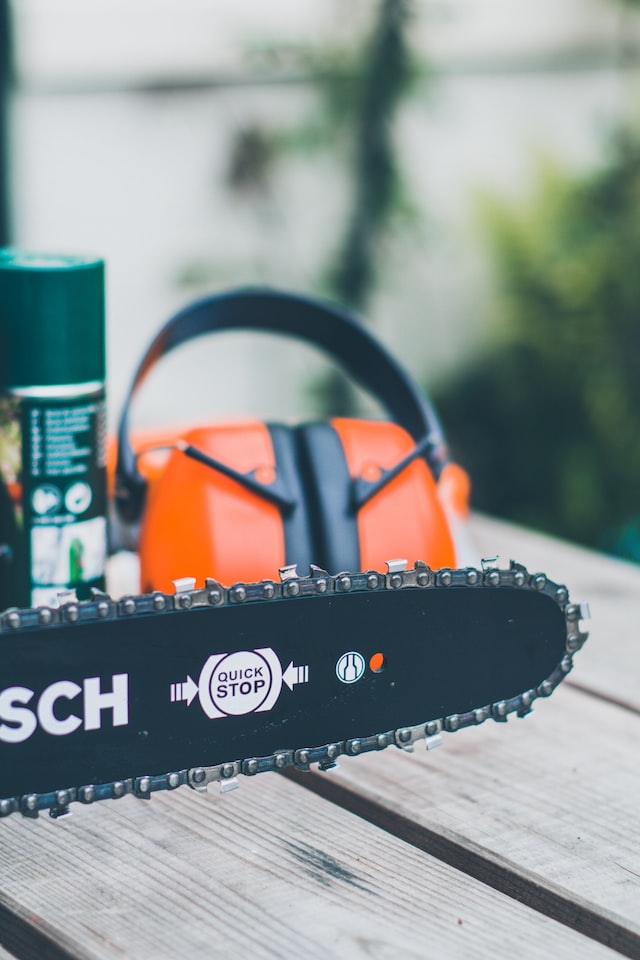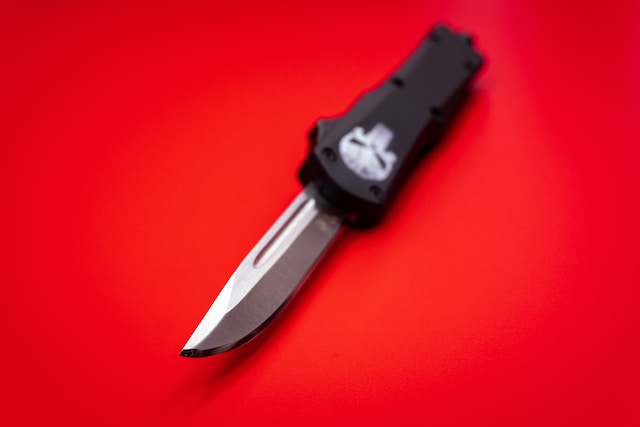There are many different types of emergency equipment that can be very useful. These items can include everything from manual can openers and dust masks to power sources and food storage. You can also get a hand-crank radio to provide information during a disaster. The benefits of these items are numerous, and we’ll cover a few of the most important ones. Here’s a look at how each type of emergency equipment can help you be prepared for any eventuality.
Chainsaws
When chainsaws are used as emergency equipment for West Coast, they can save your life if a disaster strikes. First, make sure your saw is appropriately set up before beginning. Place the bar on firm ground. Use your left hand to grip the front handle and your right hand to grip the rear handle. Ensure the saw is steady and the chain is in good condition. Next, set the bar in a position where it will be stable even if the saw starts kicking backward.
Axes
Axes are often thought of as tools loggers use for chopping trees and other timber. But, axes have many uses besides clearing the way for evacuation. For instance, they can be used to sever roof shingles to facilitate search and rescue efforts, and they can also cut firewood and fight fires. Having a backup ax at home can save your life if you need to use it in an emergency.
Shovels
When disaster strikes, shovels are an essential piece of emergency equipment. They are handy for many emergencies, such as clearing debris from the ground, digging a trench to divert water, or digging a hole to use as an emergency restroom. There are many different shovels, but a full-sized round-point digging shovel is the most common and valuable. A fully-stocked hand-tool kit is another essential piece of emergency equipment.
Power sources
Emergency responders often need power for critical tools and machinery. Disaster response solar power systems can provide emergency responders with hours of silent operation and can be mounted on trailers, skids, and trucks. Portable power systems can also power mobile communication systems, safety equipment, and pumps. Emergency response solar power systems can be used in conjunction with generators to minimize the operating time of a generator and provide hours of silent operation. In addition, portable emergency response equipment can be attached to mobile trailers or installed on buildings.
Food
The government has encouraged citizens to store food and water for emergencies. The availability of resupply is crucial after a large disaster, and inclement weather may make it difficult to get to stores. By storing a more significant number of supplies, citizens can reduce their food costs and eat healthier. Food safety and diversification are essential considerations for disaster preparedness, but so are cultural norms and final prices.
Water
A water supply is an essential part of a disaster preparedness plan. A large-scale disaster can impact resupply supplies, making it challenging to reach stores in time. In addition, inclement weather can prevent people from traveling safely. Therefore, government policies encourage citizens to stock up on supplies in advance. An emergency water supply benefit considers whether a water shortage occurs occasionally or frequently.
Medicine
Medicine in emergency equipment benefits disaster preparedness in several ways. Firstly, it provides medical personnel with critical knowledge of different diseases. Second, knowing the symptoms and clinical signs of various diseases is essential. Last but not least, disaster preparedness helps them understand the steps to evacuate a community during an emergency. Finally, disaster preparedness ensures all the necessary supplies and equipment are available.





Leave a Reply